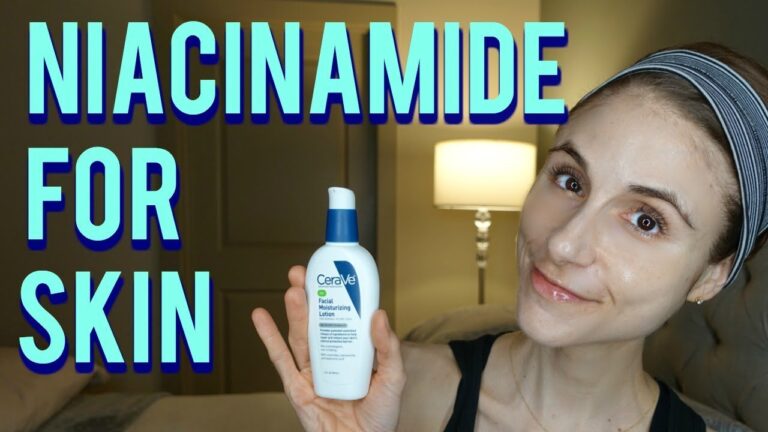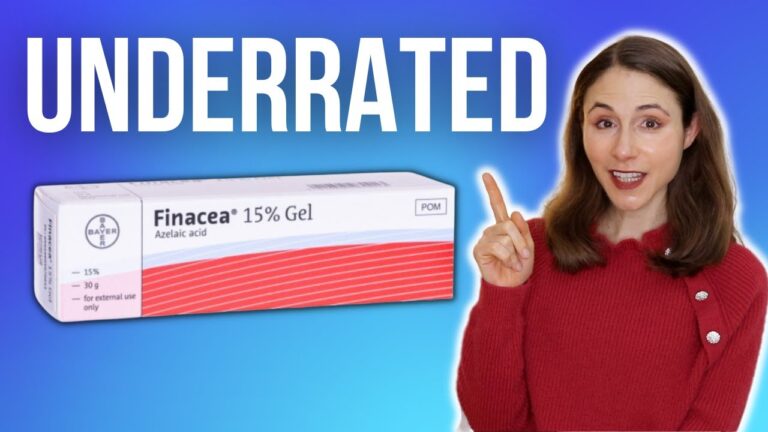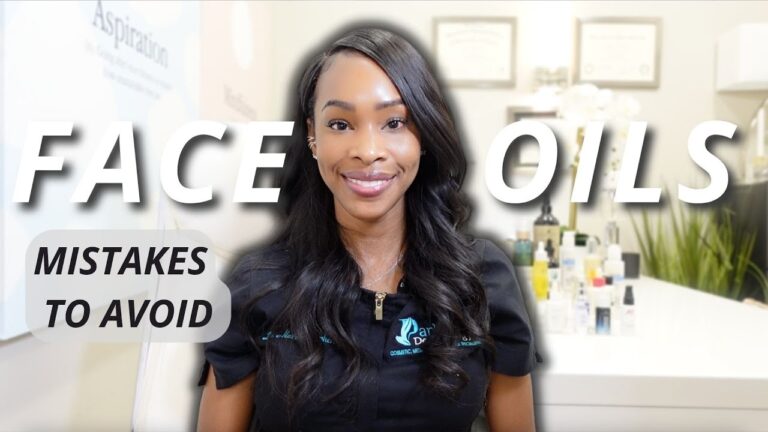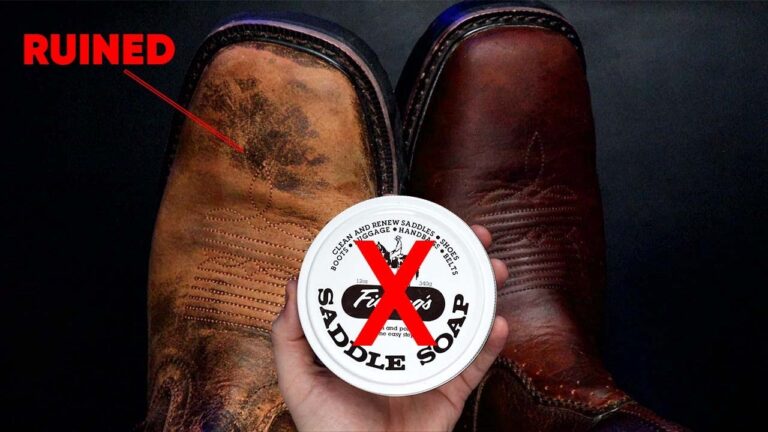Is Azelaic Acid an AHA? Understanding Its Benefits for Skincare
Azelaic acid is a highly discussed ingredient in the beauty world. It’s often touted as a savior for those with acne, rosacea, and hyperpigmentation. But some questions remain unanswered, such as whether it’s an AHA or not. Let’s dive into the world of azelaic acid and explore this topic further.
Azelaic acid definition:
Azelaic acid is a dicarboxylic acid that is naturally found in wheat, rye, and barley. It’s also synthetically produced for use in skincare products. Azelaic acid has been shown to have antimicrobial and anti-inflammatory properties, making it a popular ingredient in acne and rosacea treatments. It’s also known for its ability to reduce hyperpigmentation and improve overall skin tone.
What are AHAs?
Before we can determine whether azelaic acid is an AHA or not, let’s first understand what AHAs are. AHA stands for alpha-hydroxy acid. AHAs are a group of acids that are derived from fruits and milk. These acids are known for their exfoliating properties, and they’re often used in skincare products to remove dead skin cells and promote cell turnover.
Is azelaic acid an AHA?
No, azelaic acid is not an AHA. AHAs are primarily composed of glycolic, lactic, citric, and malic acids. Azelaic acid’s molecular structure is different from that of AHAs, and it doesn’t have the same exfoliating properties. However, like AHAs, azelaic acid does promote cell turnover, which can lead to brighter, healthier-looking skin.
Benefits of using azelaic acid:
Azelaic acid has a variety of benefits for the skin. These include:
1. Reducing acne: Azelaic acid has antimicrobial properties, which means it can help kill the bacteria that cause acne. It also helps to unclog pores, which can further prevent the development of acne.
2. Treating rosacea: Azelaic acid has anti-inflammatory properties, which makes it an effective treatment for rosacea. It can help to reduce redness and inflammation in the skin.
3. Improving hyperpigmentation: Azelaic acid can help to reduce the production of melanin, which can lead to hyperpigmentation. It also helps to exfoliate the skin, which can further improve skin tone and texture.
4. General skin brightening: As mentioned earlier, azelaic acid promotes cell turnover, which can lead to brighter, more youthful-looking skin.
Products containing azelaic acid:
If you’re interested in incorporating azelaic acid into your skincare routine, there are several products that contain this ingredient. Some popular options include:
1. The Ordinary Azelaic Acid Suspension 10%: This product contains 10% azelaic acid and is designed to improve the appearance of uneven skin tone, texture, and overall brightness.
2. Paula’s Choice 10% Azelaic Acid Booster: This booster contains 10% azelaic acid and is designed to help treat acne, rosacea, and hyperpigmentation.
3. Finacea Gel: This prescription gel contains 15% azelaic acid and is primarily used to treat rosacea.
In conclusion, while azelaic acid is not an AHA, it’s still a highly beneficial ingredient for the skin. It can help to reduce acne, treat rosacea, improve hyperpigmentation, and promote overall skin brightness. If you’re interested in trying products containing azelaic acid, be sure to do a patch test first and consult with your dermatologist if you have any concerns.
Most searched products:
Does Sephora Support Israel? Answering Your Questions
The Ultimate Guide to Azealic Acid: Benefits, Uses, and Side Effects
Discover the Benefits of The Ordinary Botox for Your Skin
How Long Does Glycolic Acid Take to Show Results: Your Ultimate Guide
The Ultimate Reviews of The Ordinary Peeling Solution
The Perfect Order: When to Use Retinol and Niacinamide in Your Skincare Routine
The Ultimate Guide to The Ordinary Colours Foundation: Reviews, Swatches, and Tips
All You Need to Know: Lactic Acid Uses and Benefits
Unlock Smooth and Supple Skin: Discover the Best Skincare Products for Skin Suppleness
Find Your Perfect Skin Mate: Tips and Tricks for Flawless Skin












